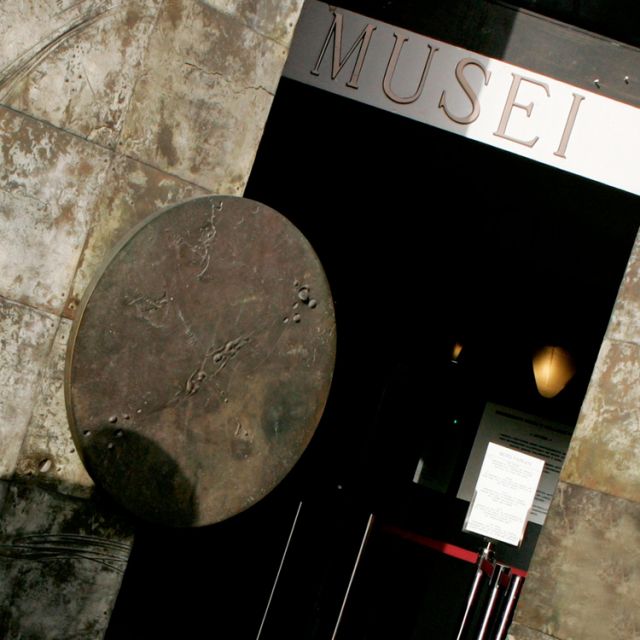VATICAN CITY - To counteract the onslaught of 20,000 visitors a day -- upward of 5 million a year -- the Vatican Museums have adopted an old-fashioned method to help protect its priceless works of art: dusting.
Current best practices for the preservation of museum pieces entail preventing or hindering problems from developing in the first place, Antonio Paolucci, director of the museums, said at a March 15 conference.
So-called preventative conservation includes high-tech solutions like climate control, protective displays and lighting systems that keep delicate colors and media from damage and deterioration, he said.
But the most overlooked -- and yet, best -- solution is the low-tech practice of dusting, buffing and tiny touch ups, he said at a conference on the museums' efforts to better protect the Vatican's artistic heritage.
With 200,000 objects -- 20,000 of which are on public display -- 27,000 square feet of frescoes, and 4.35 miles of exhibit space, the Vatican Museums have plenty to keep clean and cared for.
Past practice had been to care for items by restoring them after they succumbed to the forces of time and nature, said Vittoria Cimino, head of the museums' Office of Conservation.
Prevention, however, is the best medicine and in that effort, Paolucci established the conservation office in 2009 to be "the eye of the museum director to track the health of the (museums') heritage," he said.
The office then began a systematic protocol of dusting, monitoring and documenting every object, and storage and display room in the museums' custody.
Five days a week, every afternoon, four specialists trawl a designated area with brushes, dust cloths and specialized vacuums strapped to their backs. Workers may be mounted from cherry pickers, ladders or scaffolding to reach high ceilings, window sills and walls, bent over floor mosaics, gently polishing pottery and marble or sucking dust from the velvet drapes of gilded papal carriages.
The experts photograph every object and area they clean and write up a report documenting its current state and potential problems, Cimino said. Every department, including the restoration department, then have access to the data and know exactly what got cleaned and how it looks.
The cleaners make at least two rounds a year while heavily trafficked areas get a cleaning seven or eight times a year, she said.
The office has also installed nearly 100 sensors in various places to monitor and record everything from temperature to humidity and UV light intensity. Remote radio sensors relay the data to the central office in real time, allowing workers to pinpoint problems immediately and contact the appropriate technicians to intervene, she said.
Unfortunately, only a small portion of the museums is properly climate controlled. And custodians opening the windows to alleviate the stifling heat and humidity in the summer only make the problem worse, she said.
Some areas now have special drapes that reflect the sun's rays cutting down on the amount of heat and light pouring through, she added.
Paolucci said establishing the conservation office was one of his proudest achievements.
He said it is helping him fulfill his duty to his clients: preserving what was handed down from the past for "the men and women who stand in line waiting to see the museums and the men and women who have yet to born."


